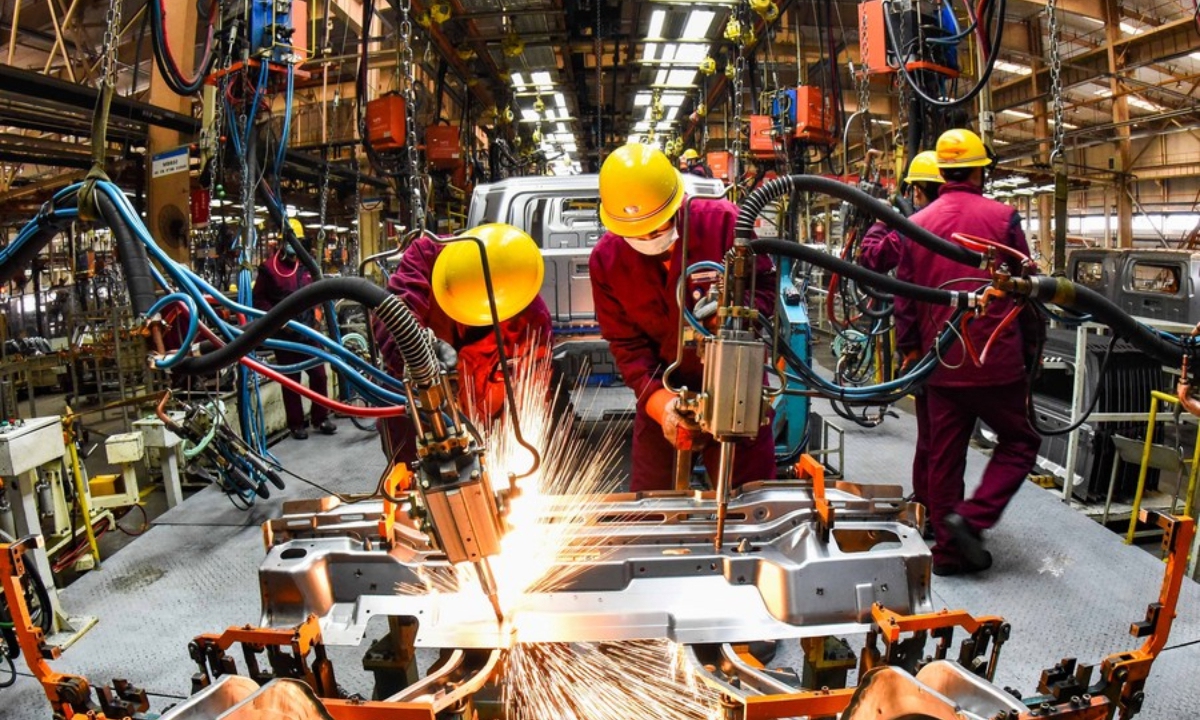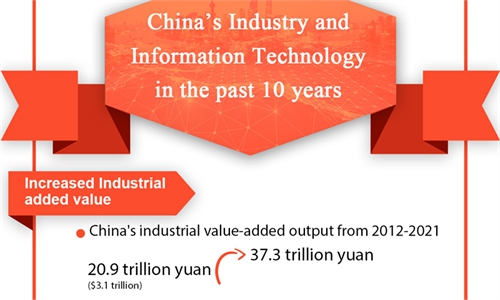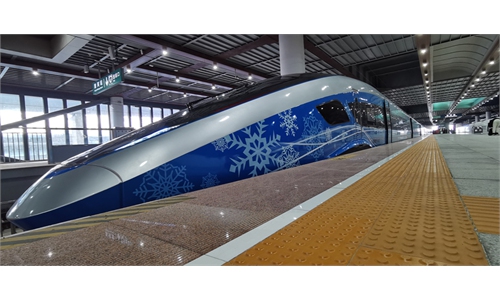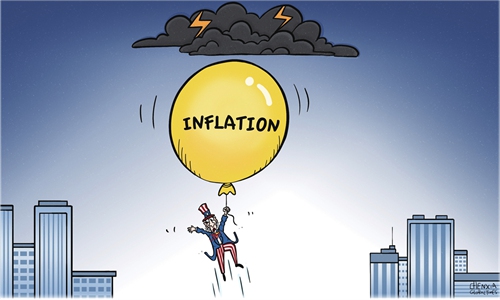
Photo:Xinhua
US-listed Chinese electric vehicle (EV) companies have recently registered a relatively robust market performance thanks to the favorable policies and business performance within China's manufacturing sector. Shares of Chinese EV brand XPeng surged 25.28 percent over the past week alone, gaining more than 50 percent in June, while shares of Li Auto recorded a weekly gain of 23.05 percent as of the Friday close, soaring 62.7 percent so far this month.In the meantime, some EV-related companies have succeeded in attracting greater investment. Three Chinese EV battery and material companies - CATL, Tianqi Lithium and Huayou Cobalt - are tapping capital market for more than $10 billion in new rounds of fundraising, the Financial Times reported on Friday, with CATL just concluding the second-largest equity capital market transaction in the world this year.
These companies' stellar performances in domestic and overseas capital markets, whether in terms of stock prices or financing, underline the rise of China's EV industry and related industrial chains, at a time when the looming energy crisis has made the world aware of the urgency of developing clean energy and European countries are trying hard to reduce their dependence on non-renewable energy sources. To a certain extent, China's gradual emergence as a major player in the EV sector is a microcosm of the transformation and upgrading of the country's manufacturing sector.
At present, factories in China account for nearly three quarters of global EV battery production, according to the Financial Times report. And because of the large production size, the cost advantage in China's key industrial sectors is also prominent.
Last month, Tesla's CEO Elon Musk said on his Twitter account that "Few seem to realize that China is leading the world in renewable energy generation and electric vehicles. Whatever you may think of China, this is simply a fact."
Behind China's technological edge in the two areas is actually the country's massive, multi-level manufacturing foundation, which has enabled Chinese companies to lead the world in several high-end manufacturing sectors and to get fully integrated into the global supply chains.
Of course, in addition to these favorable conditions, the ongoing industrial transformation and upgrading is not without challenges and difficulties. At present, the US and its allies are trying to squeeze China out of the global supply chains amid a new round of industrial chain restructuring efforts, fearing that Chinese companies will eventually rise to become strong competitors of Western companies.
More than 100 CEOs from leading US corporations in mid-June called on Congress to pass legislation aimed at boosting US economic competitiveness against China, according to media reports. While it may seem understandable that the US intends to enhance its competitiveness, it is misguided to think such a bill can provide legal basis for containing the development of Chinese manufacturing on grounds of affairs involving Xinjiang, Tibet and Hong Kong.
Since the US-China trade war, US containment on Chinese manufacturing has been ratcheting up continuously. The latest is the US ban on imports of products made in Northwest China's Xinjiang Uygur Autonomous Region, which just took effect last week.
But even in the face of the all-out US crackdown, the fundamentals of Chinese manufacturing have not changed much. Indeed, the US, extremely anxious about the decline of its relative advantage in high-tech sectors, is increasingly addicted to "crushing China" as if it could cure its own economic woes, but that may only strengthen China's resolve to continuously improve its manufacturing level and enhance the international competitiveness.
After the US cut off chip supplies to Chinese tech companies, China's chip industry is growing faster than anywhere else in the world, according to Bloomberg. This is nothing but proof that there is no way for the US to contain the expansion and transformation of Chinese manufacturing sectors. China's high-tech manufacturing sector will make continuous breakthroughs because of Washington's pressure.



